Pale-leaf Woodland Sunflower
- September 26, 2023
- 0 comment
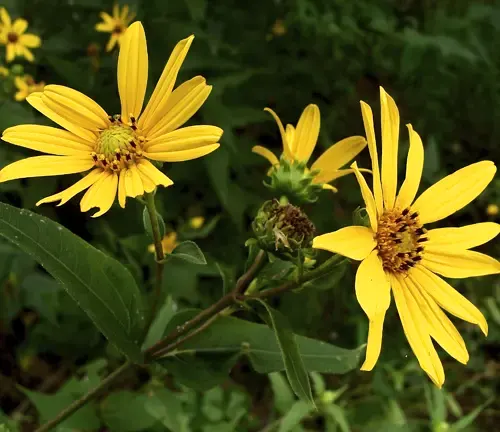
The Pale-leaf Woodland Sunflower (Helianthus strumosus) is an enchanting native wildflower that has earned its place as a cherished component of North American woodlands and meadows. Standing tall with slender, graceful stems that can reach impressive heights of up to six feet, this perennial herbaceous plant captures the essence of nature’s elegance. Its slender stems are adorned with a profusion of sunflower-like blooms, typically appearing in late summer and early autumn. These striking blossoms, with their radiant golden-yellow petals, are a sight to behold and evoke the warmth of sunshine even in the shade of the forest canopy.
What sets the Pale-leaf Woodland Sunflower apart is its foliage. The leaves, which are heart-shaped and a delicate pale green, lend the plant its common name, “pale-leaf.” These leaves, in contrast to the vibrant blooms, offer a serene backdrop and add a touch of ethereal beauty to the woodland landscape. Their unique appearance makes the plant easy to identify and appreciate.
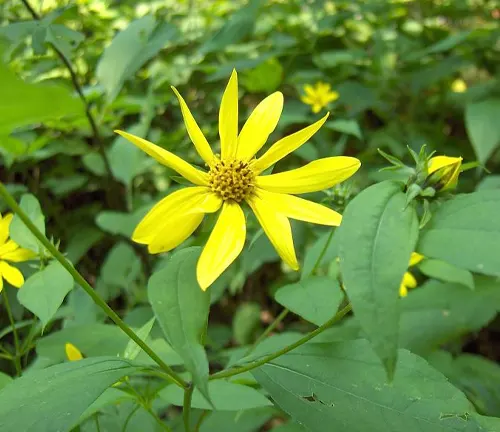
This wildflower’s habitat preferences are as fascinating as its appearance. It is often found in woodlands and meadows, particularly in areas with dappled sunlight. This adaptability to different light conditions makes it a versatile species, capable of thriving in various ecological niches. It’s not uncommon to encounter Pale-leaf Woodland Sunflowers nestled among ferns and other shade-loving plants.
| Characteristic | Description |
| Scientific Name | Helianthus strumosus |
| Common Names | Pale-leaf Woodland Sunflower, Pale-leaf Sunflower |
| Plant Type | Perennial Herbaceous Wildflower |
| Height | Up to 6 feet (1.8 meters) |
| Stems | Slender, upright, and branching |
| Leaves | Heart-shaped, pale green |
| Flowers | Bright yellow, sunflower-like, typically 2 to 3 inches in diameter |
| Bloom Time | Late summer to early autumn |
| Habitat | Woodlands, meadows, open areas, and shaded environments |
| Light Requirements | Dappled sunlight to partial shade |
| Ecological Significance | Attracts pollinators (bees, butterflies) with nectar-rich blooms; provides seeds for birds and small mammals, contributing to biodiversity |
| Cultivation | Adaptable to various soil types; suitable for native plant gardens and naturalistic landscapes |
| Range | Native to North America, primarily in eastern and central regions |
| Conservation Status | Generally not considered threatened or endangered |
Getting to Know the Botanical Beauty
When strolling through the enchanting woodlands and meadows of North America, one cannot help but be captivated by the delicate charm of the Pale-leaf Woodland Sunflower (Helianthus strumosus). This native wildflower, often found in the shade of towering trees, is a true testament to the wonder of our natural world. In this article, we will embark on a journey of discovery as we explore the intricate details of this botanical gem.
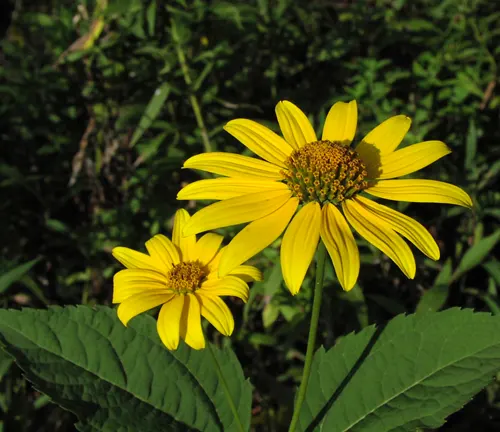
Woodland Elegance
The Pale-leaf Woodland Sunflower is a perennial herbaceous plant that stands tall and graceful. Its slender stems, which can reach heights of up to six feet, are adorned with a profusion of sunflower-like blooms. What sets this wildflower apart is its elegant foliage – heart-shaped leaves with a pale green hue that provide a serene backdrop to the vibrant yellow petals of its blossoms. This unique combination of slender stems and delicate leaves makes it a sight to behold in woodland settings, adding an ethereal touch to the forest floor.

Ecological Importance
Beyond its aesthetic allure, the Pale-leaf Woodland Sunflower plays a vital role in the local ecosystem. Its nectar-rich blooms act as a magnet for pollinators, including bees and butterflies, supporting their populations and contributing to the overall biodiversity of the region. As the flowers mature, they produce seeds that are a valuable food source for birds and small mammals, further enhancing the intricate web of life within the ecosystem. Conservationists and wildlife enthusiasts often appreciate and promote the planting of this species to bolster local biodiversity and maintain healthy ecosystem dynamics.
Cultivation and Conservation
For those looking to bring a touch of the wilderness into their gardens, the Pale-leaf Woodland Sunflower is an excellent choice. This adaptable wildflower can thrive in various ecological niches, making it suitable for native plant gardens and naturalistic landscapes. Cultivating this species not only enhances the visual appeal of the landscape but also fosters a deeper connection with native flora and their ecological importance. While this wildflower is generally not considered threatened or endangered, its inclusion in conservation efforts ensures the preservation of its natural habitat and the countless species that depend on it.

Fragrance
In addition to its visual appeal, the Pale-leaf Woodland Sunflower offers a subtle but delightful fragrance. As you approach a patch of these sunflowers, especially on a warm, sunny day, you may catch a faint, sweet scent carried by the breeze. This gentle fragrance adds another layer of sensory delight to the experience of encountering these woodland beauties.
Soil Stabilization
One of the lesser-known benefits of the Pale-leaf Woodland Sunflower is its role in soil stabilization. The deep root system of this plant helps anchor soil in place, preventing erosion in areas where it grows. This feature makes it an unsung hero in maintaining the integrity of woodland ecosystems, particularly in regions prone to soil erosion.
Benefits
In summary, the Pale-leaf Woodland Sunflower is a botanical beauty that graces North American woodlands and meadows with its elegance and ecological importance. Its slender stems and heart-shaped leaves create a serene woodland atmosphere, while its nectar-rich blooms attract pollinators and provide sustenance for wildlife. Cultivating and conserving this species allows us to connect with the natural world and protect the ecosystems it enriches. With its gentle fragrance and soil-stabilizing abilities, it offers even more reasons to appreciate and celebrate this enchanting wildflower. So, the next time you find yourself in the woods, keep an eye out for the Pale-leaf Woodland Sunflower, and take a moment to savor its unique beauty and contributions to our environment.
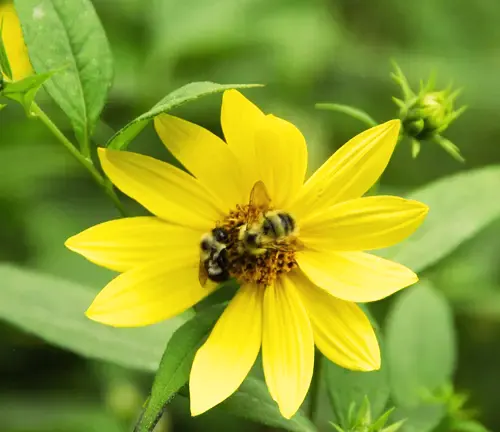
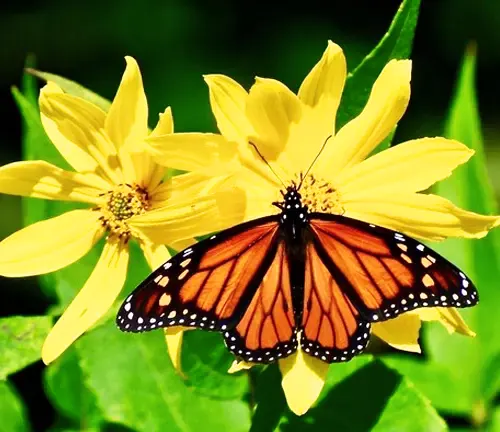
Frequently Asked Questions (FAQs)
- Is the Pale-leaf Woodland Sunflower related to the common sunflower?
While both belong to the Helianthus genus, the Pale-leaf Woodland Sunflower (Helianthus strumosus) is a different species from the more well-known common sunflower (Helianthus annuus). They share some visual similarities, such as the bright yellow petals, but differ in habitat, size, and ecological roles. - Are there any rare or unique pollinators associated with this sunflower species?
Yes, the Pale-leaf Woodland Sunflower attracts a variety of pollinators, including some specialized species. For instance, certain native bees and small solitary bees have been observed visiting its blooms, contributing to its pollination. - Can the Pale-leaf Woodland Sunflower tolerate urban or disturbed environments?
While it primarily thrives in woodlands and natural settings, this sunflower species does show some adaptability to disturbed environments. It may occasionally be found along roadsides and in urban fringe areas, but it’s most abundant and robust in undisturbed, shaded woodlands. - Are there any cultural or historical references to the Pale-leaf Woodland Sunflower by indigenous peoples?
Ethnobotanical research has indicated that some Native American tribes historically used various parts of Helianthus species, including the Pale-leaf Woodland Sunflower, for medicinal and culinary purposes. These uses, however, are not as extensively documented as those of more well-known plants. - Does the Pale-leaf Woodland Sunflower hybridize with other sunflower species?
In its natural habitat, this sunflower species may hybridize with other closely related Helianthus species. Hybridization can sometimes lead to interesting variations in appearance and adaptability, contributing to the genetic diversity within the genus.


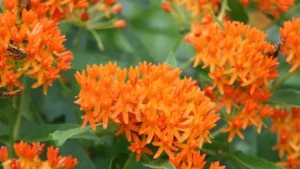
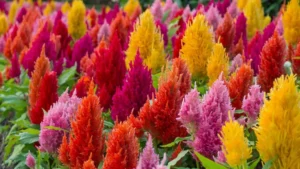

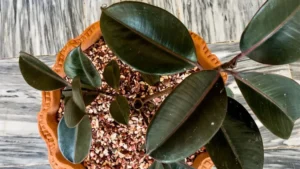
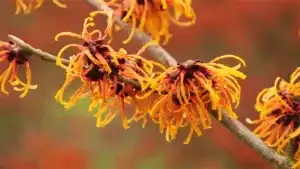
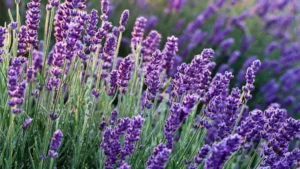
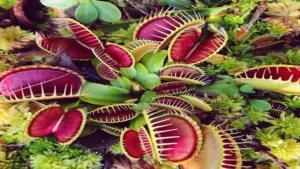
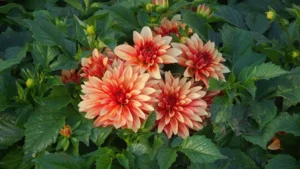
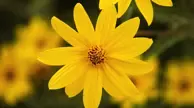
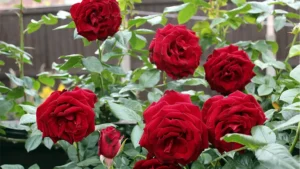


Leave your comment